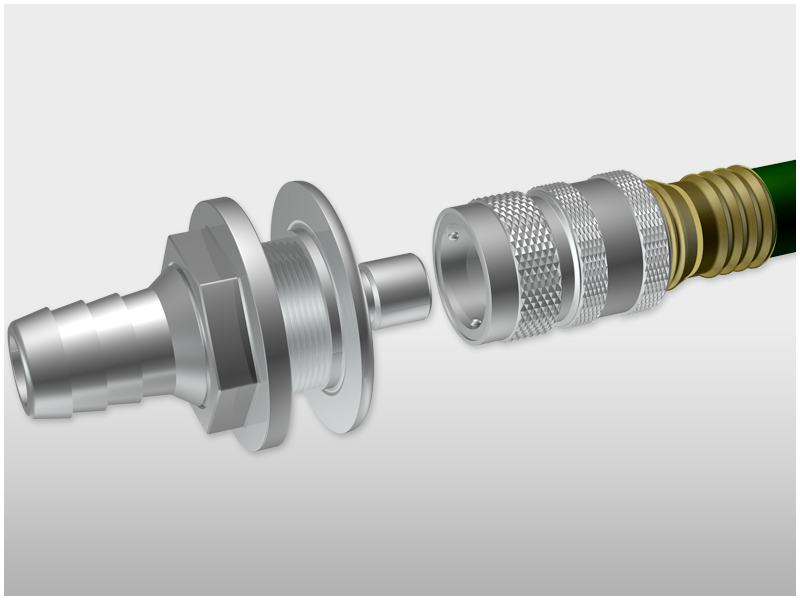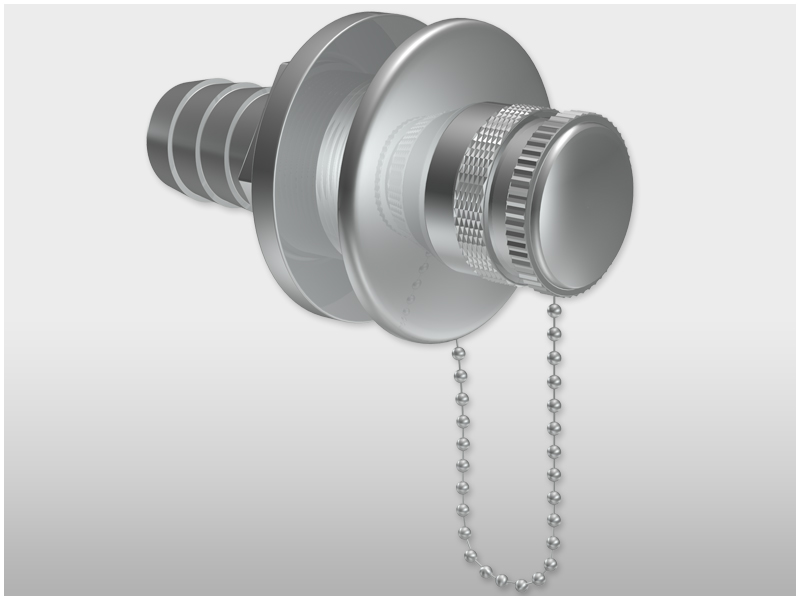flushing boat engines & cavitation


Most boaters are unaware of how flushing your boat engine and cavitation can damage your water pump. For example, it is not good to rev your boat engine during the flushing process in the hope that it will increase water flow. The truth is, it only slightly increases the water flow, and can have damaging effects on your water pump. Additionally, flushing your boat engine at high RPM increases the engine temperature. In addition, it places a higher demand for water on the pump, which a standard garden hose can’t supply. Ultimately, the increased idle starve the pump of water causing a net pressure drop at the suction head or pump inlet. Cavitation can occur by the pressure of the water reducing to a point where the water boils. Subsequently, this causes air bubbles or voids to form. Instantly, these voids constrict and then implode inside the pump body. Eventually, these shock waves cause damage to the impeller and the pump body.
Flushing your boat engine and cavitation is not usually a problem with positive displacement pumps if flushing at low idle. Generally speaking, this is not a problem due to the low probability that you will have a large pressure differential inside of the pump. Luckily, boaters that rev their engine, usually, avoid this pressure differential inside the pump. By in large, this because of the imperfect seal of the muffs allowing air to enter through the water inlets. The incoming air prevents a pressure drop in the suction line. Then again, now the concern becomes, is there a problem with entrained air in the suction hose?
Raw water pump circualting air
It would be safe to say, that entrained air in the flushing process is not a problem since most boaters use flushing muffs. Muffs usually leak in the air without causing pump airlock or cavitation. Simply put, a dry pump is simply running dry; cavitation is not the result of a dry-running pump. It is the pump being starved of the amount of water required for the pump’s flow rate. Cavitation will not occur if air can vent into the suction hose preventing pressure drops in the suction line. If the pump will draw in air depends on how adequate the seal is at the water inlet and the ratio of incoming water to the flow rate of the water pump. If the flow channel before the pump is provided with enough water for pressure to build, then the pump will not cause it to constrict.
flushing with shut-off valves and cavitation
Cavitation is more of a concern when using a shut-off valve when flushing. As previously mentioned, a garden hose cannot supply enough water pressure to the pump when revving. To that end, cavitation while flushing your boat engine will occur if the suction hose is not vented. Of coarse if flushing using a shut-off valve before the pump inlet there is no vent to prevent cavitation. The shut-off valve closes off the intake vents on the outdrive. In reality, too little pressure for the pumps GPM will cause cavitation. Likewise, too much water pressure to the pump will cause damaging pressure to the pump’s seals.
Do you need to worry about the pump drawing in air when flushing if it never runs dry? “A positive displacement pump can move air for short periods if not allowed to run dry, but this is not cavitation”. “ It is not good to let the pump cavitate regularly, but short periods of aeration are acceptable.†(Engineer: Shannon Galway) Flushing your boat engine and cavitation only when the pump tries to pump more water then its provided. occurs http://www.justanswer.com/justanswer
